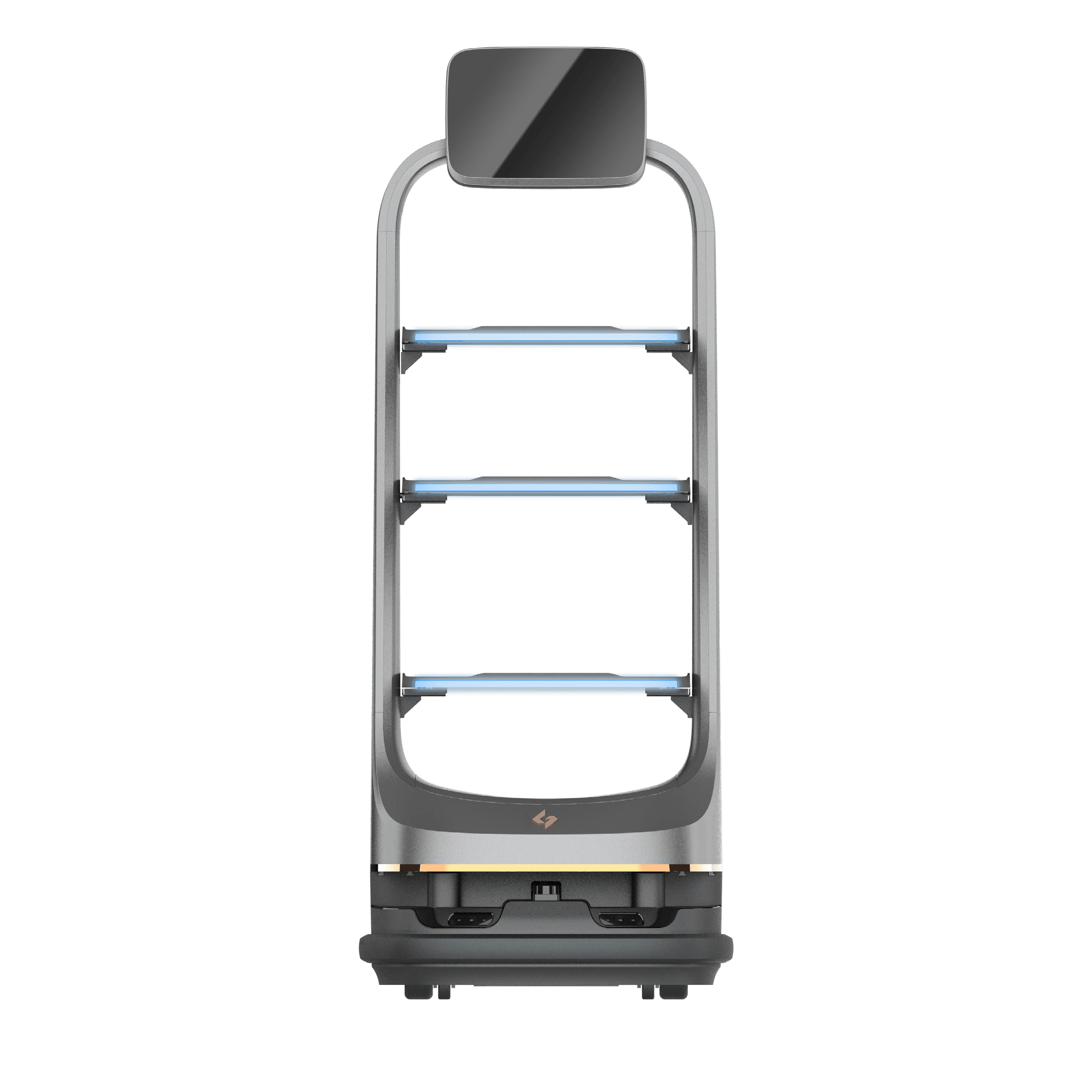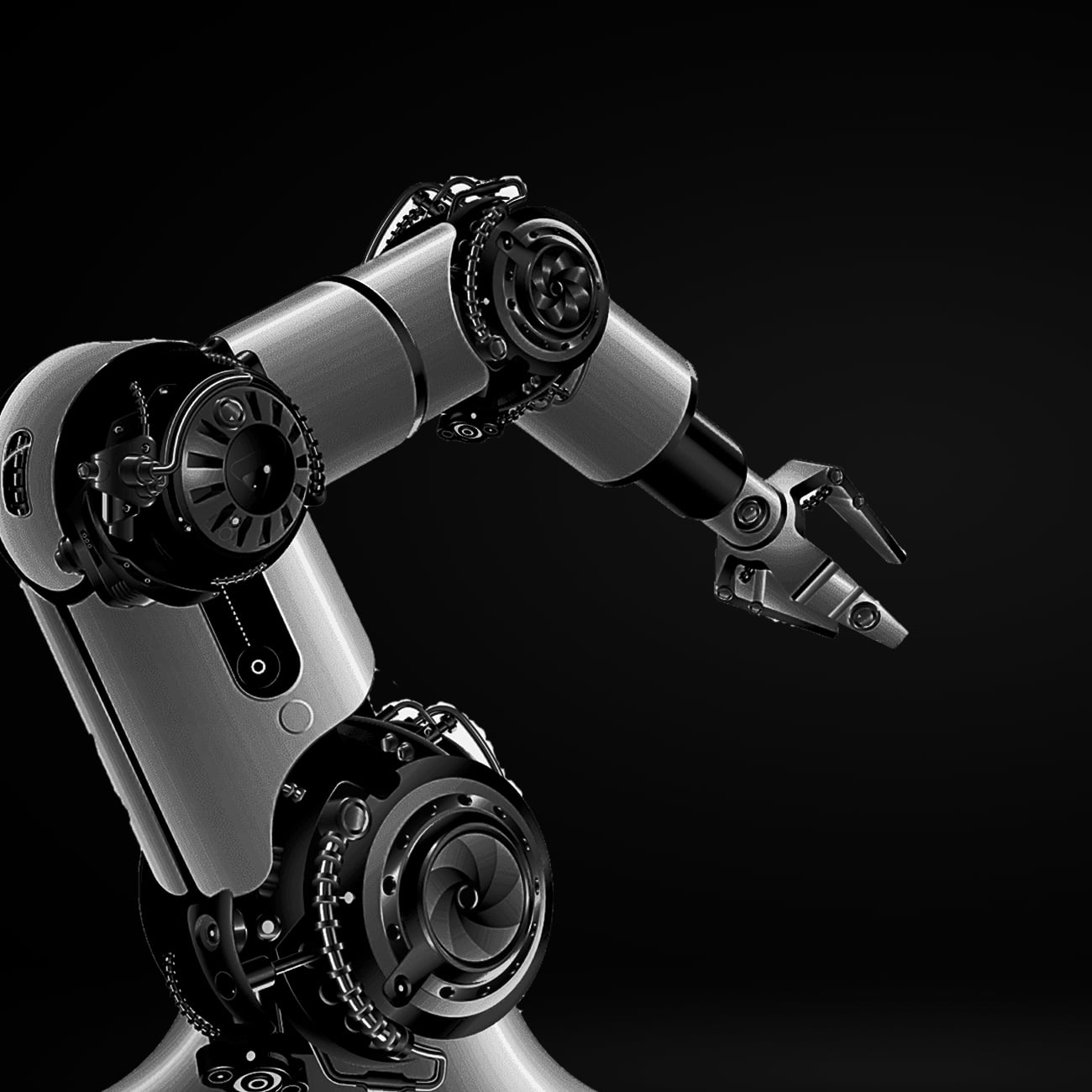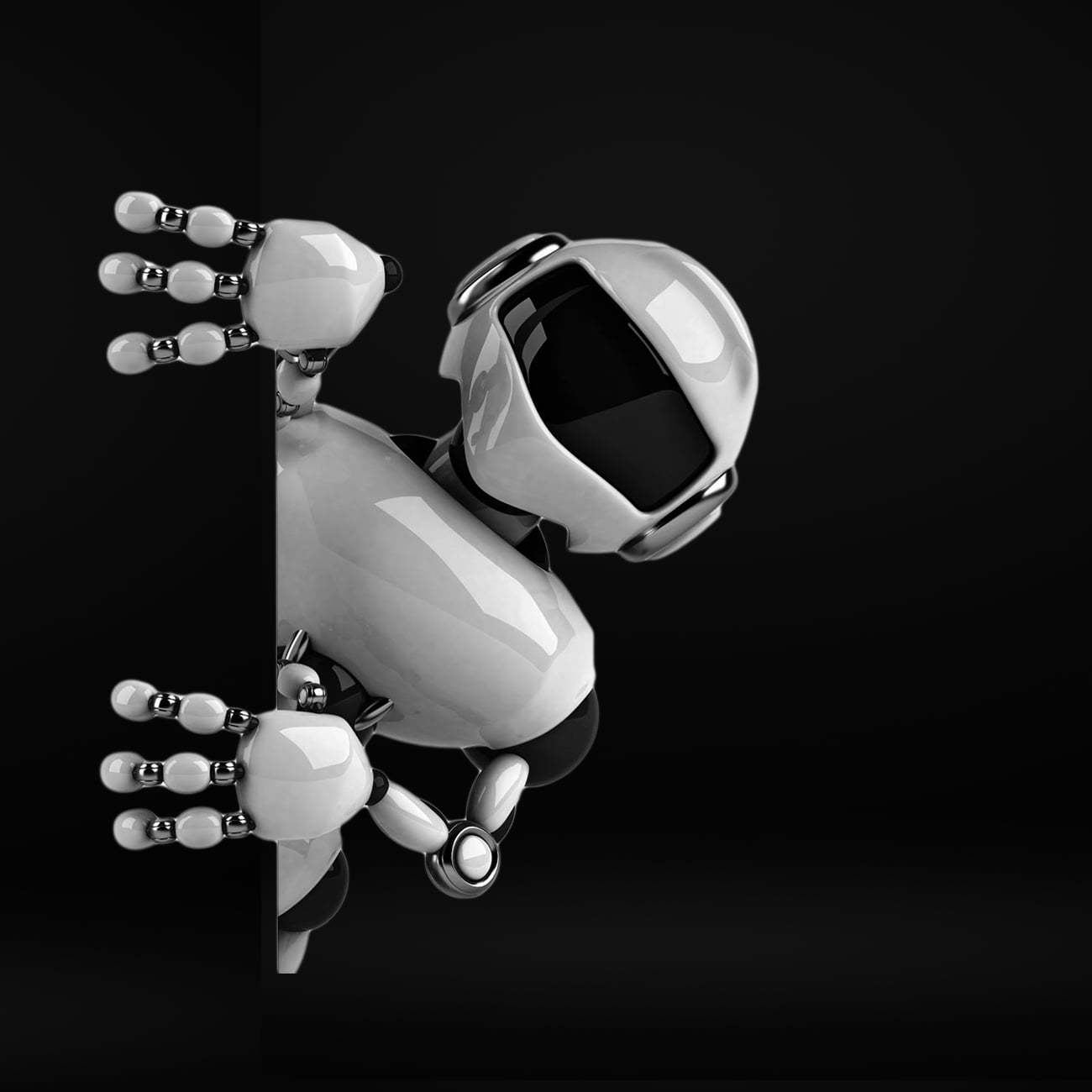The International Federation of Robotics (IFR),a global industry association of robot manufacturers and national robot associations, recognizes two main groups of robots: industrial robots used in automation and service robots for domestic and professional use. Service robots could be considered to be cobots as they are intended to work alongside humans. Industrial robots have traditionally worked separately from humans behind fences or other protective barriers, but cobots remove that separation.
Cobots can have many uses, from information robots in public spaces (an example of service robots), logistics robots that transport materials within a building, to industrial robots that help automate unergonomic tasks such as helping people moving heavy parts, or machine feeding or assembly operations.
The IFR defines four levels of collaboration between industrial robots and human workers:
- Coexistence: Human and robot work alongside each other without a fence, but with no shared workspace.
- Sequential Collaboration: Human and robot are active in shared workspace but their motions are sequential; they do not work on a part at the same time.
- Cooperation: Robot and human work on the same part at the same time, with both in motion.
- Responsive Collaboration: The robot responds in real-time to movement of the human worker.
In most industrial applications of cobots today, the cobot and human worker share the same space but complete tasks independently or sequentially (Co-existence or Sequential Collaboration.) Co-operation or Responsive Collaboration are presently less common.



